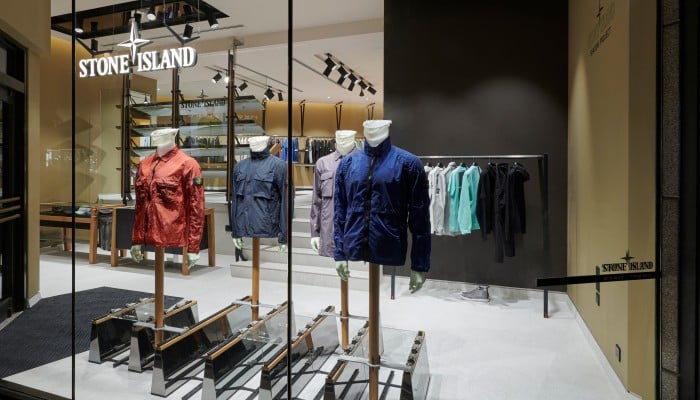
Stone Island is having a moment. The Italian fashion label with the very English name and following was founded in 1982, but it is only in the past five years that the brand has broken out of niche fandom and into the mainstream. Once unfairly associated with soccer hooligans, the brand has become a streetwear darling, winning over style icons such as the rapper Drake, who regularly posts pictures of his sizeable personal collection, including a US$100,000 gold and diamond Stone Island chain, to his 56 million Instagram followers.
In April Stone Island, in collaboration with Hong Kong fashion and investment conglomerate I.T, opened its first stand-alone Hong Kong store, in a fashion-forward cluster on Ice House Street in the city’s Central business district.
It’s been a long time coming, admits the company’s president and creative director, Carlo Rivetti, but he says it was better to arrive with the company in a “strong place”. And Stone Island’s strength is evident in the company’s recent moves. These include opening a flagship store in Tokyo’s hip Aoyama district last year and a very well-received store in Los Angeles’ North La Brea Avenue the year before.
In 2017, Singapore’s sovereign wealth fund, Temasek, acquired 30 per cent of the company for an undisclosed sum, following a similar investment in Italian fashion retailer Moncler. Stone Island is today expanding faster than at any point in its 37-year existence.
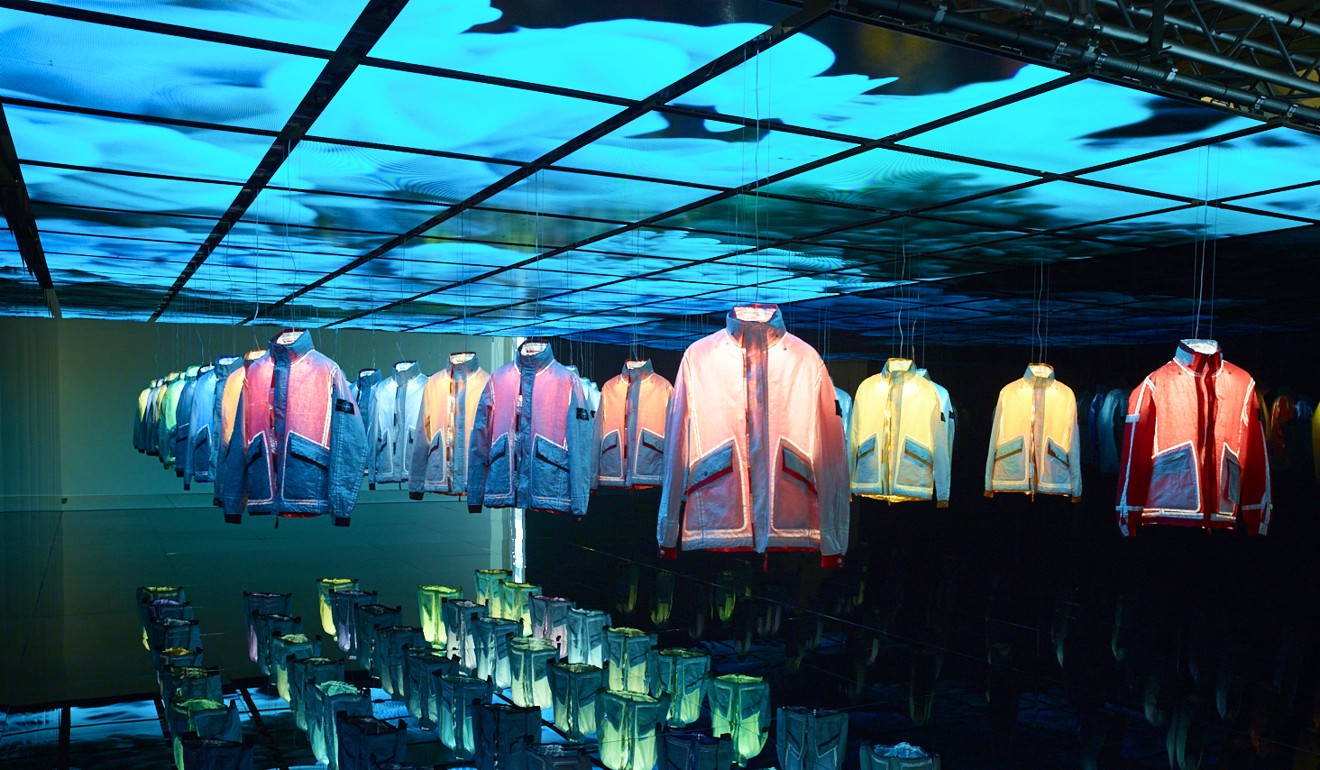
“Everything started from the US,” says Rivetti, 63, of the recent explosion in interest in Stone Island. “We were totally unknown there and then, almost, overnight it changed.”
Two collaborations transformed the company’s fortunes. In 2014, streetwear giant Supreme launched a capsule collection in collaboration with Stone Island that brought the label to a new and younger audience, and not long afterwards, Nike’s conceptual imprint NikeLab worked with the brand to update the iconic Windrunner jacket.
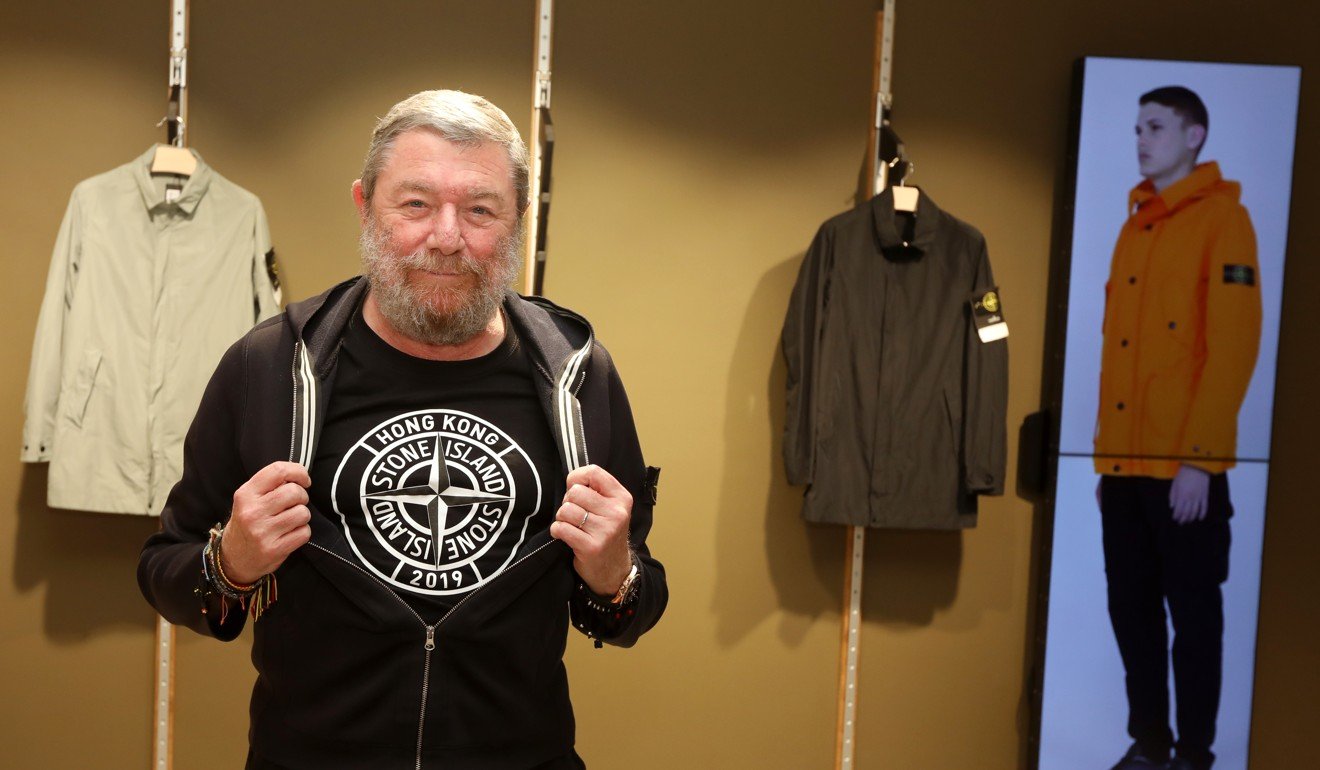
Before those collaborations, Rivetti had been ambivalent about established brands teaming up with upstart streetwear labels. “They both approached us,” he says. “I think the phone calls were something like 10 days apart, and I said to myself ‘Oh my God! Something is happening’, as we were unknown in the US. It was probably just coincidence but it was strange.”
Working with Supreme and NikeLab brought Stone Island acres of column inches and put it on the radar of taste-making websites such as Complex, Hypebeast and High Snobiety. Much to the chagrin of Stone Island purists, the brand has been redefined as streetwear, although Rivetti himself is not a fan of such strict categorisation. When you read the brand’s own description of its latest spring-summer collection, it reads like a page from an engineering textbook.
“The best definition is no definition. We are not streetwear, we are not luxury, we are not fashion,” says Rivetti. “It is a unique position. In the past, some department stores, they never understood which floor we belonged to, because we cannot claim to be sportswear or luxury. So I always said to them, ‘Put us in the elevator, so we move up and down!’”
No. Never ever, 100 per cent. If I start a women’s collection and we are successful, well, then the commercial people will start asking to make things more sexy, more colours – Carlo Rivetti
Whether by accident or design, Stone Island’s new audience and image are far removed from those of the late 1990s and early 2000s, when the brand was the uniform of choice for English soccer hooligans, a phenomenon popularised by films such as The Football Factory, Green Street and The Firm. Stone Island had a tough time shaking the negative association, although Rivetti himself is unequivocal on the issue of soccer violence.
“I was in Brussels during [the 1985 Heysel Stadium disaster],” says Rivetti solemnly of the incident in which 39 fans of Italian soccer club Juventus died when a wall collapsed after crowd trouble in the European Cup final match against Liverpool.
“Men are stupid. If there are more than three of them they can become animals. Of course, I hate violence, I am totally against [it]. I saw people dying in a football stadium. It's a game. It's not a war,” he says.
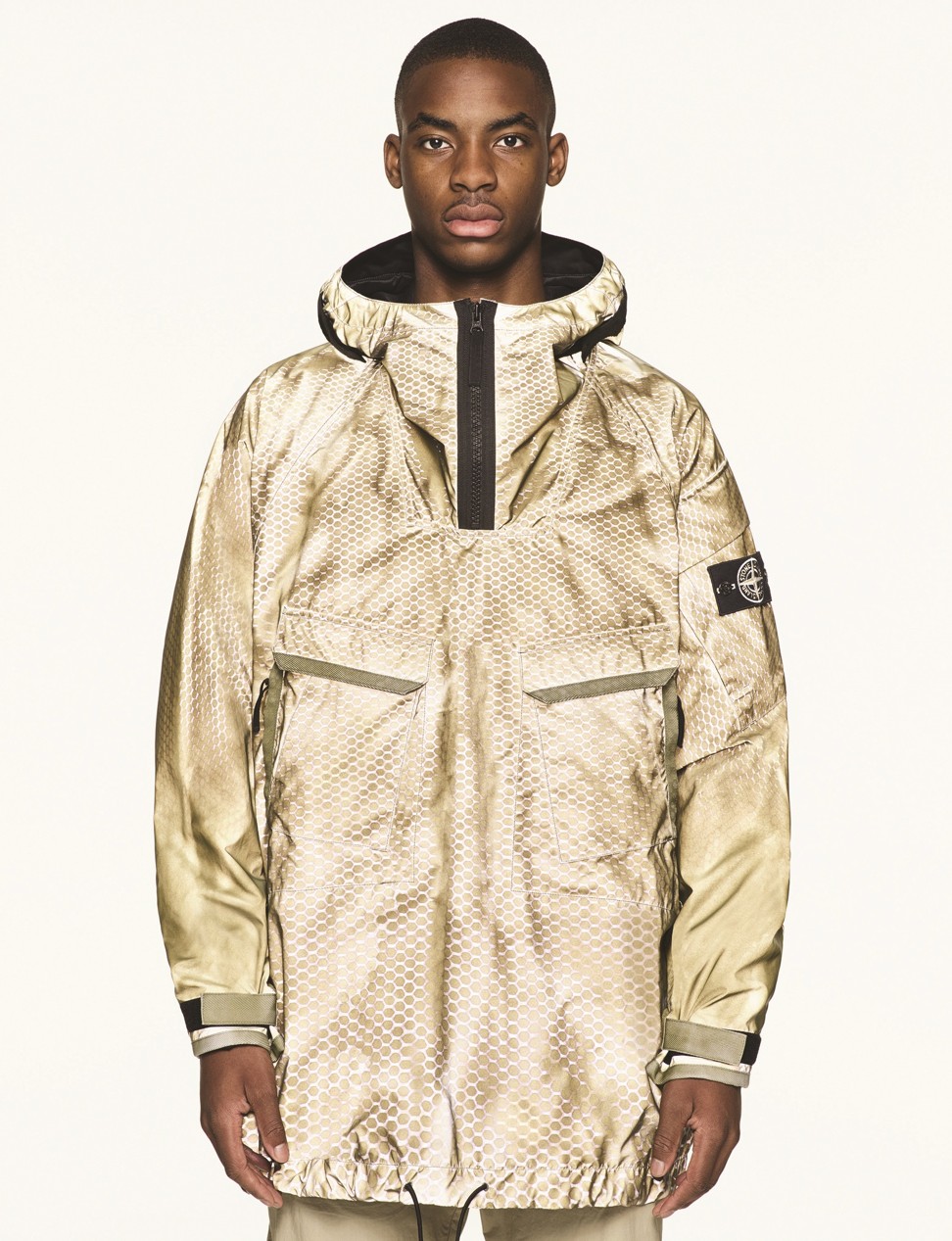
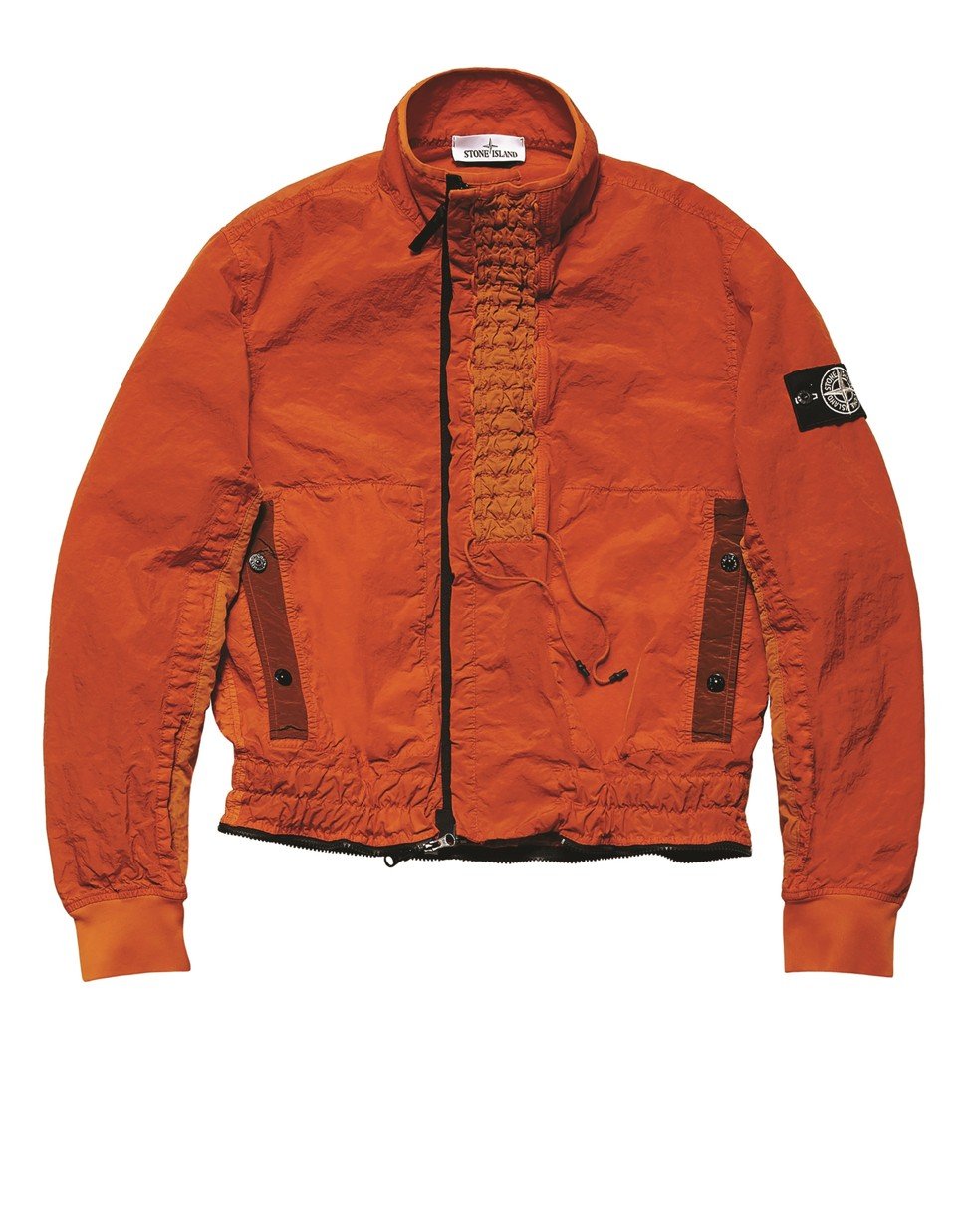
The change in audience has been good for the brand, but Rivetti isn’t one for tinkering with the company’s methods in pursuit of an even wider base of customers. For instance, he is adamant he won’t bend to suggestions Stone Island launch a women’s line.
“No. Never ever, 100 per cent,” he says. “If I start a women’s collection and we are successful, well, then the commercial people will start asking to make things more sexy, more colours,” he adds with a laugh. Stone Island already has a sizeable female fan base who buy the men’s items in the smallest sizes, he notes.
Japanese street style guru Hiroshi Fujiwara on the joy of being a jack of all trades
Though Stone Island has only just opened a store in Hong Kong, Rivetti’s links to the city and to China go back to the 1980s.
His family’s textile business, the GFT group based in Turin, Italy, was among the first Western companies to manufacture in China after its post-1978 opening up, and he worked closely with French label Pierre Cardin at a time when it was the biggest fashion name in China and held catwalk shows at the Workers’ Stadium in Beijing and the Cultural Palace in Shanghai.
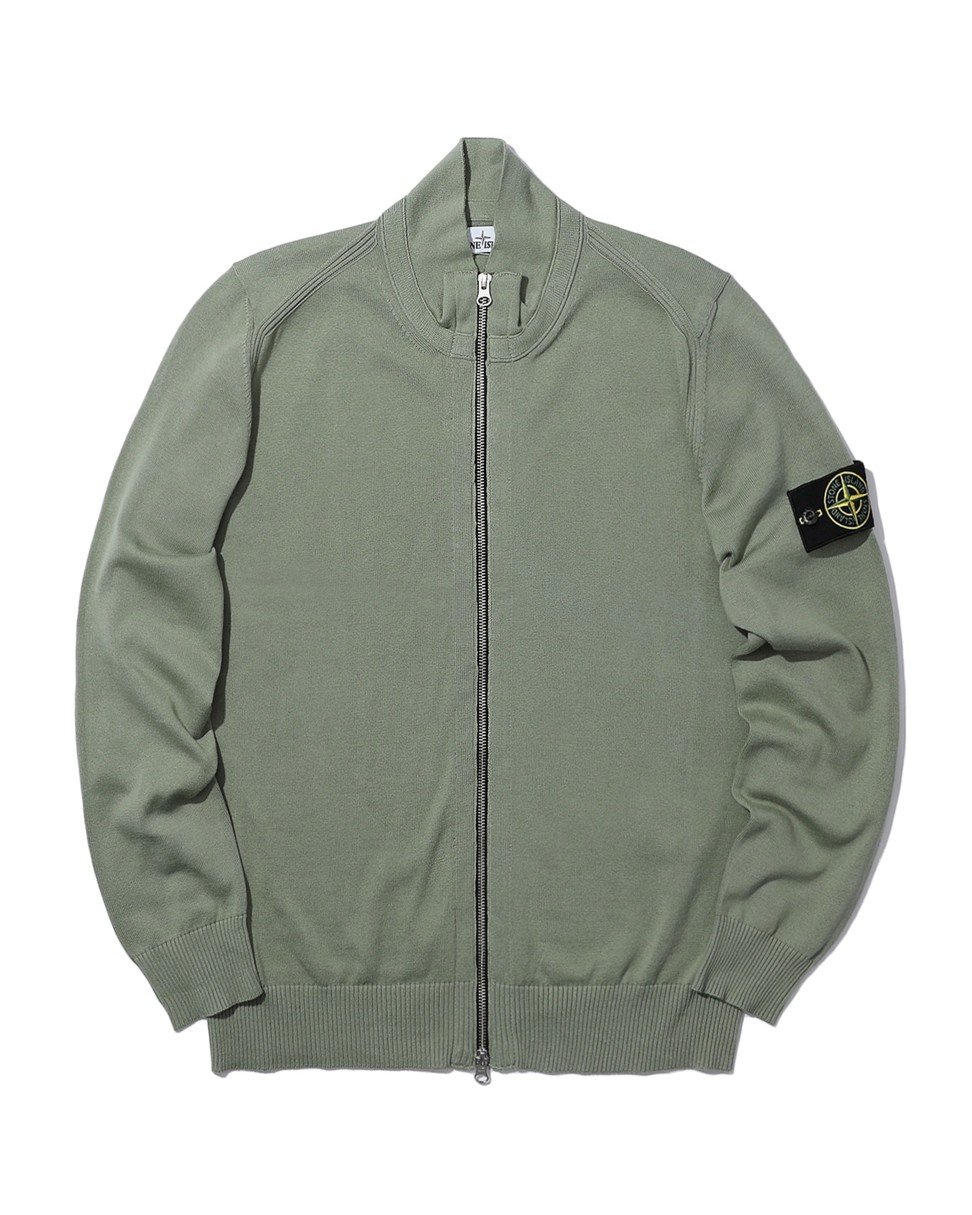
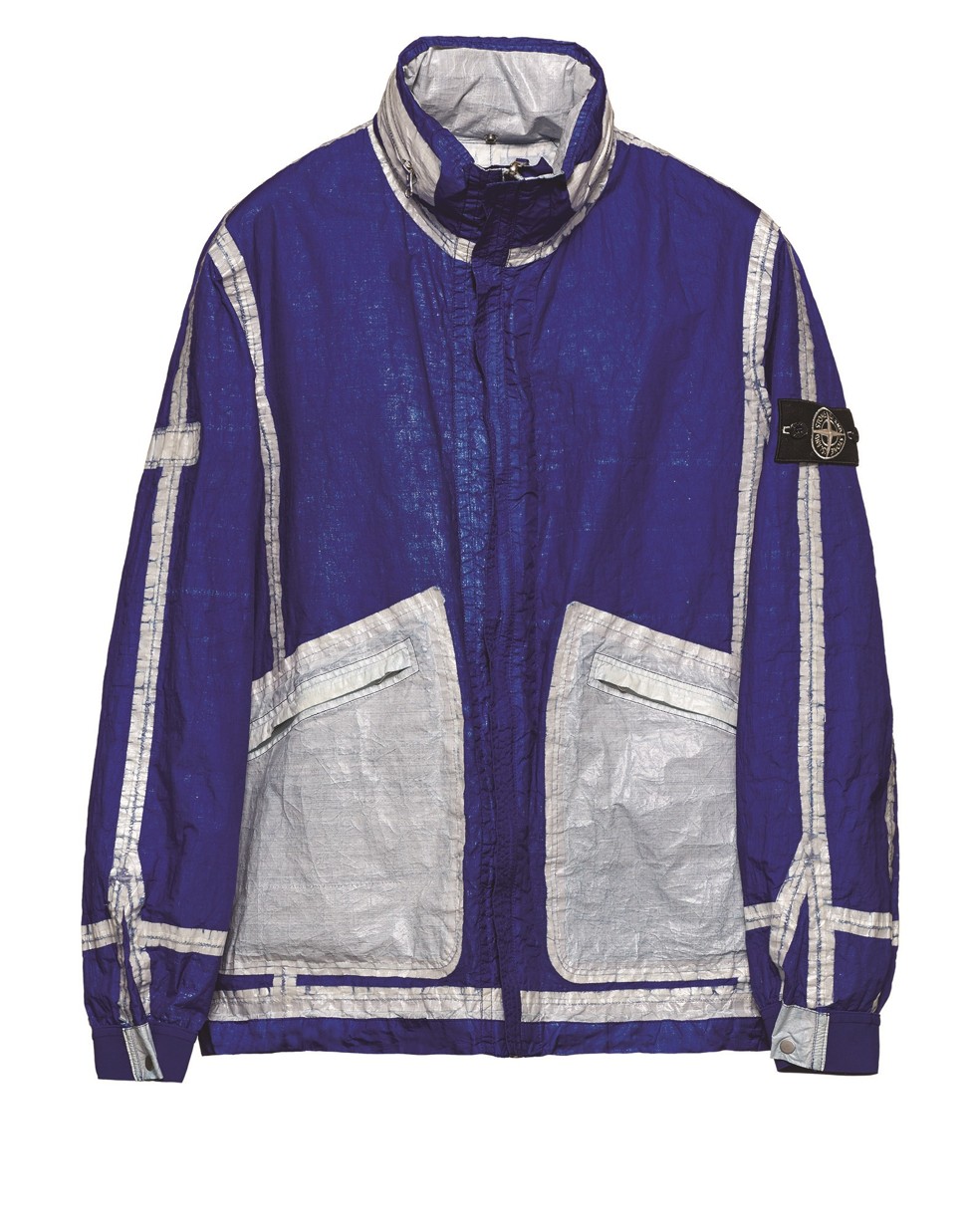
Rivetti has already taken Stone Island to China, where the brand recently opened a store in Shanghai, and plans to open a shop in Milan. He remains coy about future collaborations and is keeping further expansion plans close to his chest.
“We are still a small company. We are niche. We are not mass market at all,” he insists.







